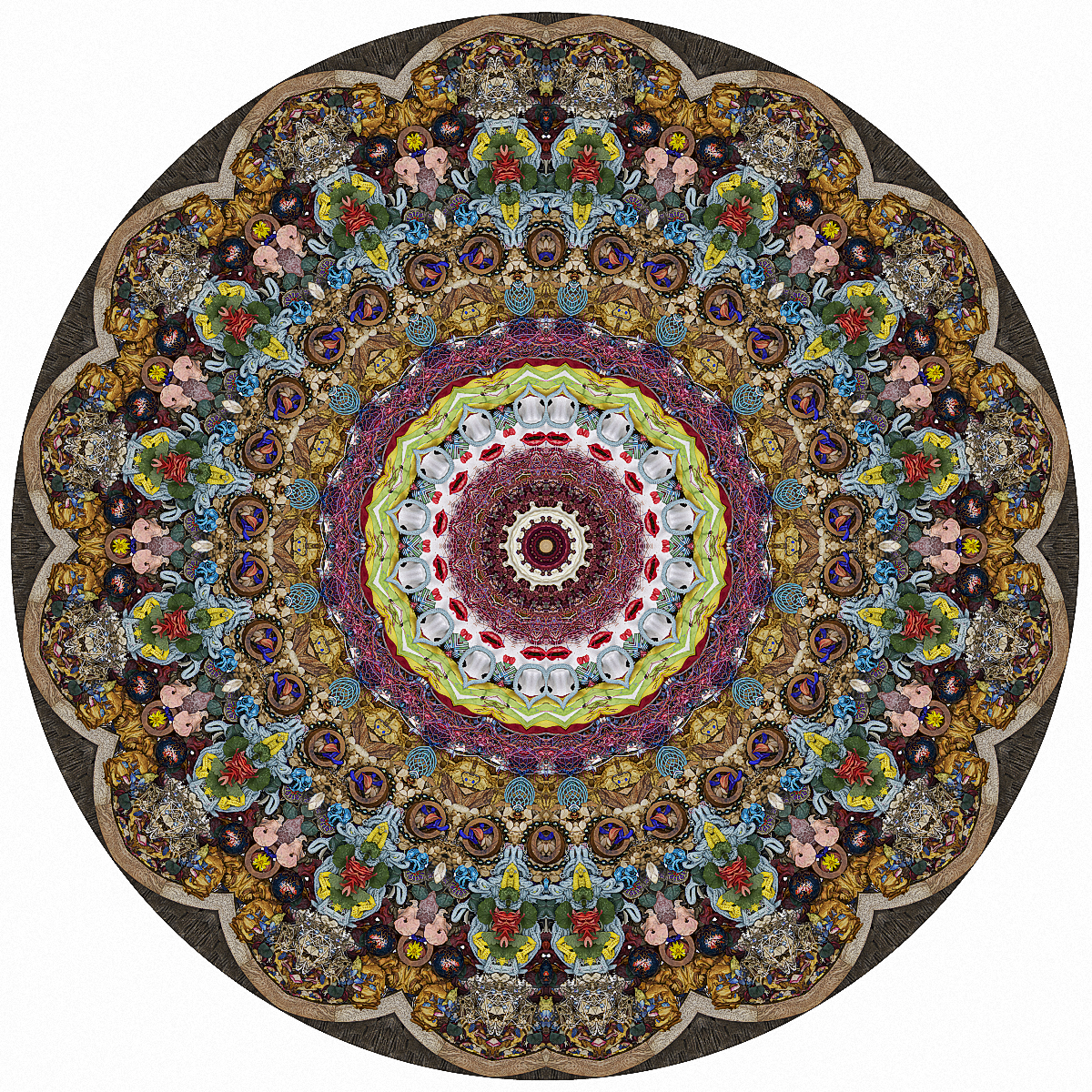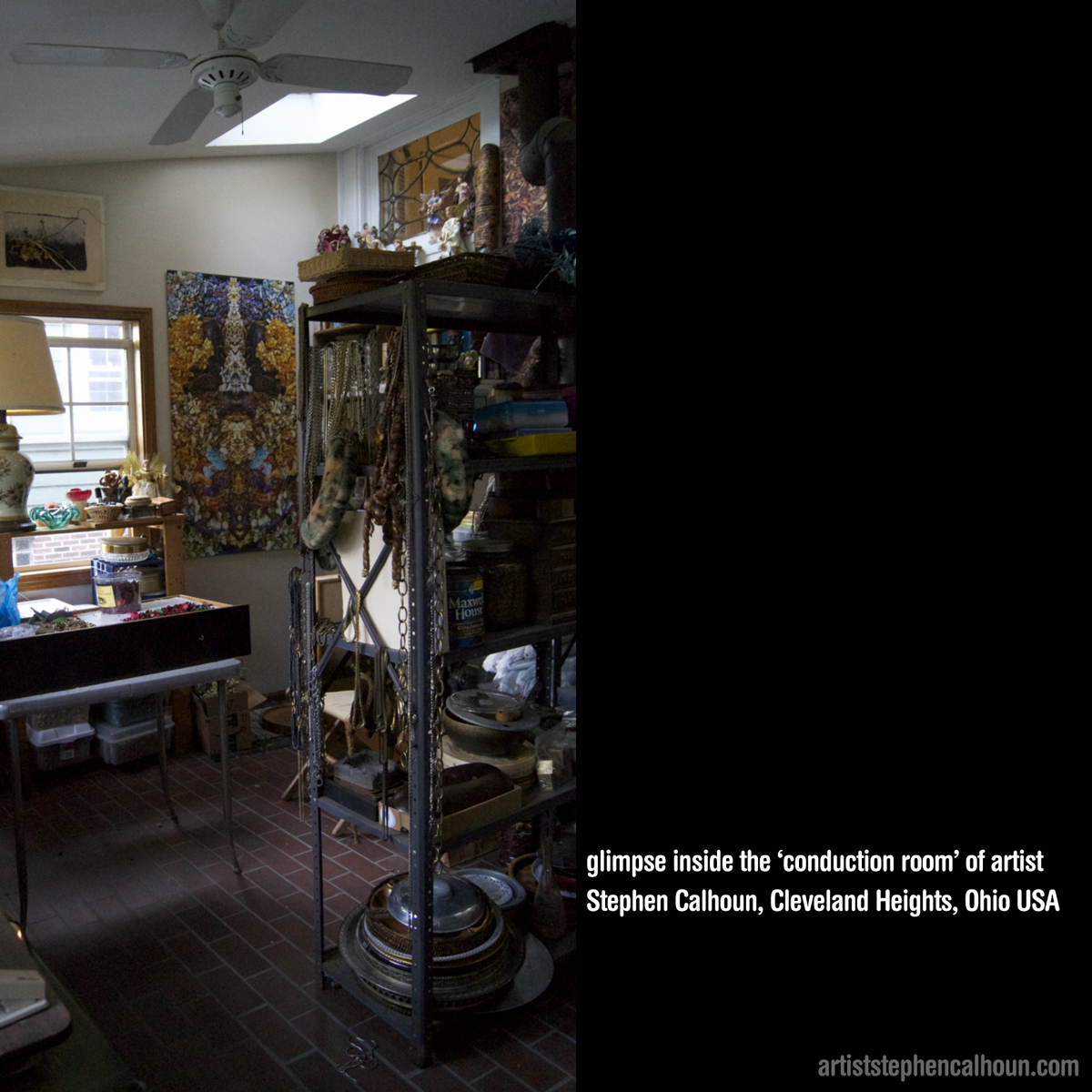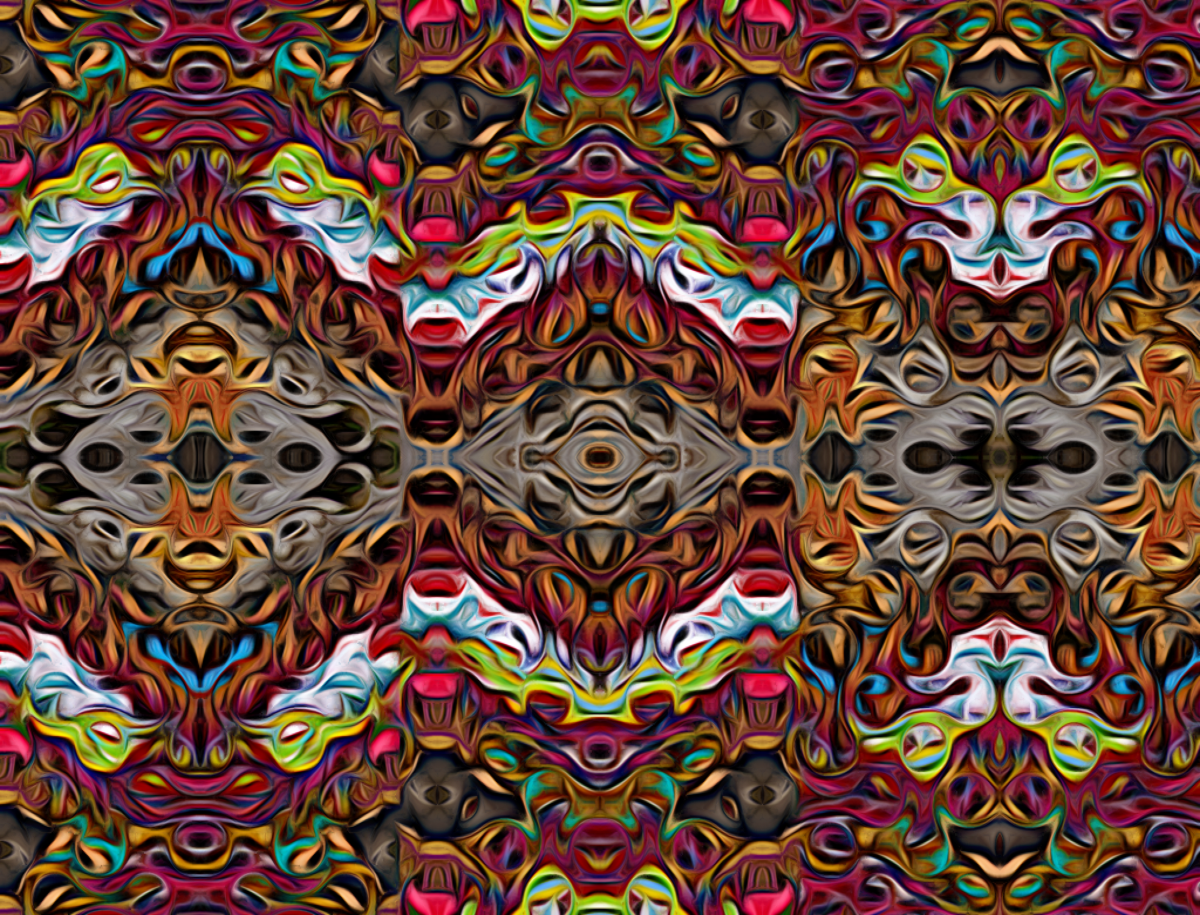FORTUITY [f. L. fortu‹imacbreve›t-us, f. forte by chance, f. fors chance + -ous.]
That happens or is produced by fortune or chance; accidental, casual.
OED
Between 2005-2012, when I was researching serendipity as a decisive aspect of adult development, I brought together a simple insight with the older language of Albert Bandura to formulate a central concept, strategic fortuity.
This concept describes the accidental event that changes everything, and so generates ensuing connective reconfigurations far into the future. But this is not linear at all, so the actual cascade of fortuity acts as a multiplier–as the singular event broadcasts potential and actual instantiations causally related to, but not necessarily in the same order, of the originating serendipitous event. This applies also to the conditions at the time of the eventuated fortuity because those conditions are themselves brought about by prior fortuities.
Example. You met your partner through a marvelous happenstance and soon enough this happenstance sets you on the doorstep of a new house and as it turned out this new dwelling came to you by accident. A strategic fortuity concretely synergizes other fortuities, fortuity fueling fortuity, contingency chained to contingency.
Once you know how strategic fortuity works as a kind of gating and connective circuit completing factor in a social cybernetic routine, there can be very few truly innocent (and naked of contingency,) arrivals of novel data, and, at the second order, of transformative experience, and, at the third order, of novel opportunity or exceptional possibility.
II.
My studio in our house on a quiet inner ring suburban street on the east side of Cleveland is, during its summer season, split between the garage bay where an assembly line dedicated to sorting materials is located, the front porch where most photographs are taken, an attic that houses the old recording studio and now is transformed into the computer-based image processing, printing, a framing center, and, the lower rear porch that is where materials are organized and stored and the still-lifes are set-up. This last location provides me with my own magical cabinet of curiosities. My art practice is centered in this room that overlooks the flower garden.
An inveterate collector of possibly useful materials and items, the set-up room inventories both the objects and the experience of obtaining each bit of stuff. Garage sales are prime sources. In 2015 I picked up a gaudy Chinese ceramic lamp and chatted up the owner, a new media curator at Oberlin. I told him how “you never know what you’ll find,” and he responded,
Of course all art is based in serendipity.
This surprised me. The normative supposition is that art reflects the masterful, thoroughgoing, control of the application of technique to materials, and these then are dynamically brought together to serve and realize an artistic vision. Because, at the time, I was clear about the odd element of serendipity, and, moreover, of underdetermination, in my own art practice, I was not prepared to embrace the man’s assertion, thinking I was a different kind of artist who was really using serendipity. Although it seemed to me that there might be a similar relation between fortuity and event in art-making as there is in scientific research, the confidently delivered ‘of course’ threw me; at the time.
III.

Last year the neighbor’s granddaughter expressed the single best thought yet said to me about my own art. In response to being asked what her experience of Four Observers was, Zoe, eleven years old at the time, told me,
“I had to re-adjust my brain to see farther into your picture.”
Zoe and her younger cousin Amina came to visit their grandparents a few weeks ago. When I learned the two girls were coming for a few weeks, I decided to hatch an experiment involving the two coming over to my studio to intuitively piece together set-up still-lifes. It seemed to me it was likely the girls would jump into playing around creatively in a medium not part of everyday artistic/kids’ routines. I thought I would then photograph what the two came up with and set the girls to discovering what manipulation of their own image each liked best. The bonus for me was an opportunity to do some informal, observational, qualitative research about how young people might approach a simple request to use stuff from the room full of dried plant material and objects to learn and build a, by definition, unique and personal still-life.
The experiment developed to the point I was able to capture photographs on my iPad and import the photos into iColorama, an application that provides an entire suite of manipulation routines. I showed the two how to create the mirror symmetries and other geometric recastings of the source image.
I asked the two to save favored images, as each took turns to use the iPad to manipulate the source images taken from their still life. Then each pointed out which manipulation was their single most favorite. (Those choices were later published to my timeline on Facebook.
IV.
A few days ago, while exporting photographs from my DSLR camera, I noted I had taken photographs of their set-up still-lifes! I had forgotten I had done this, and then recalled I took the raw set-ups outside to photograph right before I deconstructed the still-lifes.
The deconstruction process was one of the remarkable aspects of the experiment’s qualitative aspect. (I primed the girls’ agency right before setting each to the task by reviewing what it means to approach creativity and creating by using intuition, setting aside rules and ‘right ways,’ and, from their own sense, using the ability to ‘wing it,’ and ‘go for it.’) As I deconstructed each piece, I noted a whole slew of qualities, made especially clear by virtue of my understanding the difference between their fresh and inexperienced (with respect to my experience,) operation of the task, with how I tend to build a still-life.
For example, I noted both gravitated to larger objects. Both also seemed to realize a set-up that could stand on its own. I noted there were some concealed yet clear positional coherencies. Amina’s still life is more densely packed than that of cousin Zoe. Were either girl trying to tell a story?
Yet, it wasn’t until I saw the high resolution images pulled off the camera that I was struck–and I gasped–that I was looking at two completely novel images that could not be obtained except through the realized agency of the two cousins, and, crucially, the images could be entered into my own creative process.
Both creative products were obviously consequentially serendipitous. And, anything I might produce by subjecting the images to my own experienced, (and less fresh!) ability to manipulate the images would represent in a singular way my own result being entirely contingent upon, anchored to, the outside creative product of the two cousins.
Any art I might create from the source material provided by others would denote a collaboration forged by means of starting from novel, and, (in my terms,) a “non-reflexive” starting point. Looking at the opportunity with my own eyes I soon saw how I could leverage each of the image’s distinctive compositional and ‘field’ qualities. The images possessed strengths I could not have intentionally brought forth on my own. The strengths were of a different sort than the ones I tend to realize.
By doing a series of manipulations, I generalized and greatly abstracted the objects and object relations of the two still-lifes. The result was this art work.
I’ve worked in this vein several times in the past. This bundle of approaches yields a curvy dancing psychedelic energy.
V.
Next, returning to the originals, I spent time in trial-and-error mode, a mode itself networked via fortuity and possibly happy accidents. I played around with the integration of both of the cousins’ images in a single image for the sake of retaining their detail and some of their object, (or symbolic content.) Eventually, I came up with a circular mandala-like image that is tagged by several whimsical features, none more so than the lips originally found in the mask in Zoe’s image.

Unity for Zoe and Amina #1 is, in my own judgment, a terrific art work. It is demonstrably so in my art practice’s given aspirational terms, in that it scaled up to a thirty-six inch diameter circular image able to realize what I am usually after: an overwhelming experience of intriguing detail and dynamic, visual, object relations. (The piece will go into my primary catalog and someday will be exhibited along with my best 36-48 inch diameter mandalas, mandala-like, and, what I call, unity, pieces.) This art work will always conceal its story of collaboration and serendipity.
VI.
The imperative of being open to unusual and original instances of source material is a pragmatic consequence of understanding that one of the only ways to assure novelty is to network and collaborate with definitively external human agencies and their unique capacities. In the case discussed here it matters very little that the capacities are naive because it matters greatly that the capacities would nevertheless support the distinctive production of materials unable to be realized any other way.
Agents like this, collaborators like this, bring unique potentialities to the table. The threads of serendipity are structurally most obvious in setting to a task people about which little is known, or, are in practice, strangers, unpracticed, inexperienced, outside the norm, or, even, randomly selected.
The over-arching conditioning of new collaborative potentials are also constructed out of all the hidden and obscure factors which, were these concretized and examined, would showcase all the accidental developmental relations which arrived to produce the actualization of exact contingent conjunctions of agency in time and space. You knock on the wrong door, I invite you in anyway!
The shorter idea about this concerns what had to happen to bring the collaborators together in the instance for which collaboration is possible. The example described here possesses critical ‘priors’ which set my studio down across the street from Roger and his granddaughters. These necessary fortuities are, as I like to put it, innumerably prolix.
The promise of novel heuristics was clarified in the experiment and its later ramifications in my art practice. It is worth supposing that there could be a possibly worthwhile problem-solving routine that involves running the problem by, for example, your children. The point of doing so has to do with networking potentially fruitful resources that are by definition possibly powerful precisely because the steward of the external resource, the outside agent, is going to come up with provisional discoveries and findings which may only be sourced in the agent’s unique flux of experience, global and local aspirations, resourcefulness, and, as it is described, fresh eyes.
Grandpa Roger’s blog, Fear Not, Living the Second Half of Life Unafraid, is superb.




